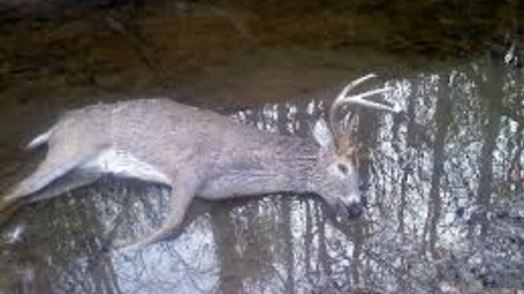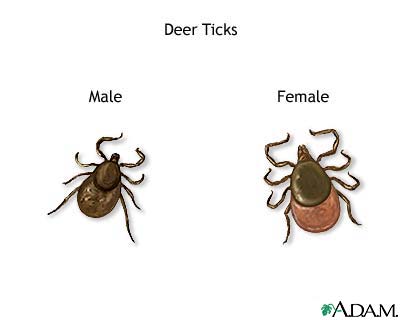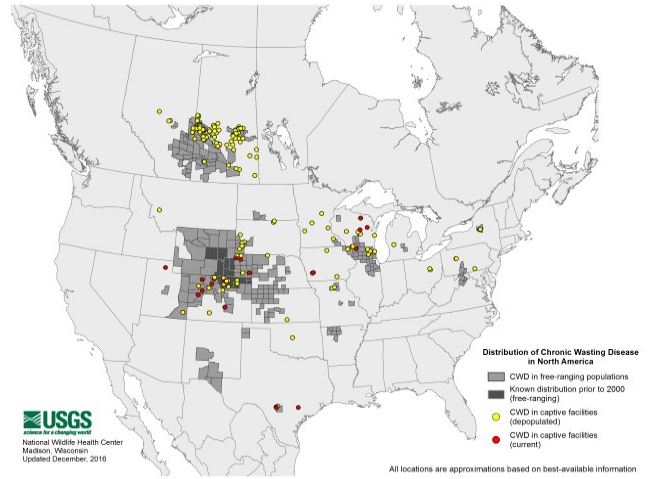Blue tongue is an insect-borne, viral disease primarily of sheep, but it occasionally goats and even white-tailed deer. The disease is non-contagious and is only transmitted by insect vectors, especially during periods of drought. The disease is actually caused by a virus belonging to the family Reoviridae.
Species That Can Be Affected
As mentioned, this is primarily a disease of sheep but other species such as goats, cattle, buffalo, antelope and whitetail deer can be infected. Don’t worry, humans can not be infected.
Distribution of Blue Tongue
The virus is present in the United States, so any area can potentially harbor the virus. However, outbreaks typically occurs repeatedly in areas where it has occurred before and especially during dry conditions.

Key Signs To Look For
Characters of disease include fever, widespread bleeding of the oral and nasal tissue, excessive salivation, and nasal discharge. In acute cases the lips and tongue will become swollen and this swelling may extend below the lower jaw.
Lameness, due to swelling of the cuticle above the hoofs and emaciation, due to reduced feed consumption because of painful inflamed mouths, may also be symptoms of this disease. The “blue tongue” that actually gives the disease its name occurs only in a small number of cases.
How Blue Tongue is Spread
The virus cannot be transmitted between susceptible white-tailed deer without the presence of insect carriers. The incidence and geographical distribution of bluetongue depends on seasonal conditions, the presence of insect vectors, and the availability of the density of deer. The insect carriers, biting midges, prefer warm, moist conditions and are in their greatest numbers and most active after it rains.
Life of the Blue Tongue Virus
Bluetongue virus does not survive outside the insect vectors or susceptible hosts. Deer carcases and products such as meat and hide are not a method of spread. Survival of the virus within a location is dependent on whether the vector can over winter in that area.
Controlling Blue Tongue
Within a wild population of deer, there is not much that can be done. With domestic animals, you can use a combination of quarantine and movement controls to prevent spread and reduce transmission and protect susceptible animals. As with just about every disease, less animals will become infected under lower densities.


